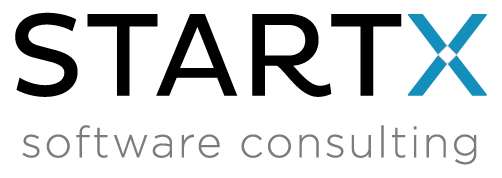But what is Free Software?
“Free Software” is software that respects the freedom of users and the community. And although in essence it is considerably cheaper than proprietary and licensed programs, the term does not refer to the price, but to the freedom of being able to run, copy, distribute, study, modify and improve the software 1.
Currently, there is a wide range of free software applications on the market to meet the different needs of each business. There are, for example, email management programs such as Thunderbird, famous web browsers such as Firefox, image editors such as Gimp, very complete project managers such as OpenERP, office suites such as LibreOffice and even operating systems such as GNU/linux.
What advantages does free software give to my business?
The main one for companies is just the concept of freedom, which allows to adapt the software to the specific needs of the company and even to make significant improvements that give an important added value to the company.
Likewise, the technological independence allows not to be bound to a specific manufacturer, and some products even have the support of a community of developers that ensure its continuity.
Another significant advantage of free software is its low economic cost (being in some cases free) compared to licensed or proprietary software. This is mainly beneficial for SMEs or companies that are just starting out in the market and do not have a large budget. Although it does not limit companies with more solvency to use it as well.
Some recommendations
Francisco Mata, director of the project to strengthen ICT capacities in SMEs and local governments using free software and director of the School of Informatics of the National University of Costa Rica (UNA), gives some recommendations 2 :
The first thing is to carry out a search and selection of free software suitable for the company. It is very important to be clear about the needs or requirements of the business, with this it is possible to make a better filtering of the existing software. The next thing to do is to test, especially if you have several options and analyze if it meets your expectations and needs.
Another recommendation is to calculate the cost of maintenance. For example, if there is a problem with the software, or if a modification is needed, who will oversee technical support, is it feasible to have an IT team in charge or outsource the service.
Once you have selected the software that best fits your requirements, it is time to verify that the chosen version is stable, this means that the website where you get the software indicates that it has been tested and has no serious bugs identified.
Once you have done this, now you can enjoy it and make the most of it. Do not forget to update the selected software periodically.
1 http://www.gnu.org/philosophy/free-sw.es.html
2 http://www.elfinancierocr.com/pymes/sacarle-provecho-software-libre-PYME_0_207579400.html


